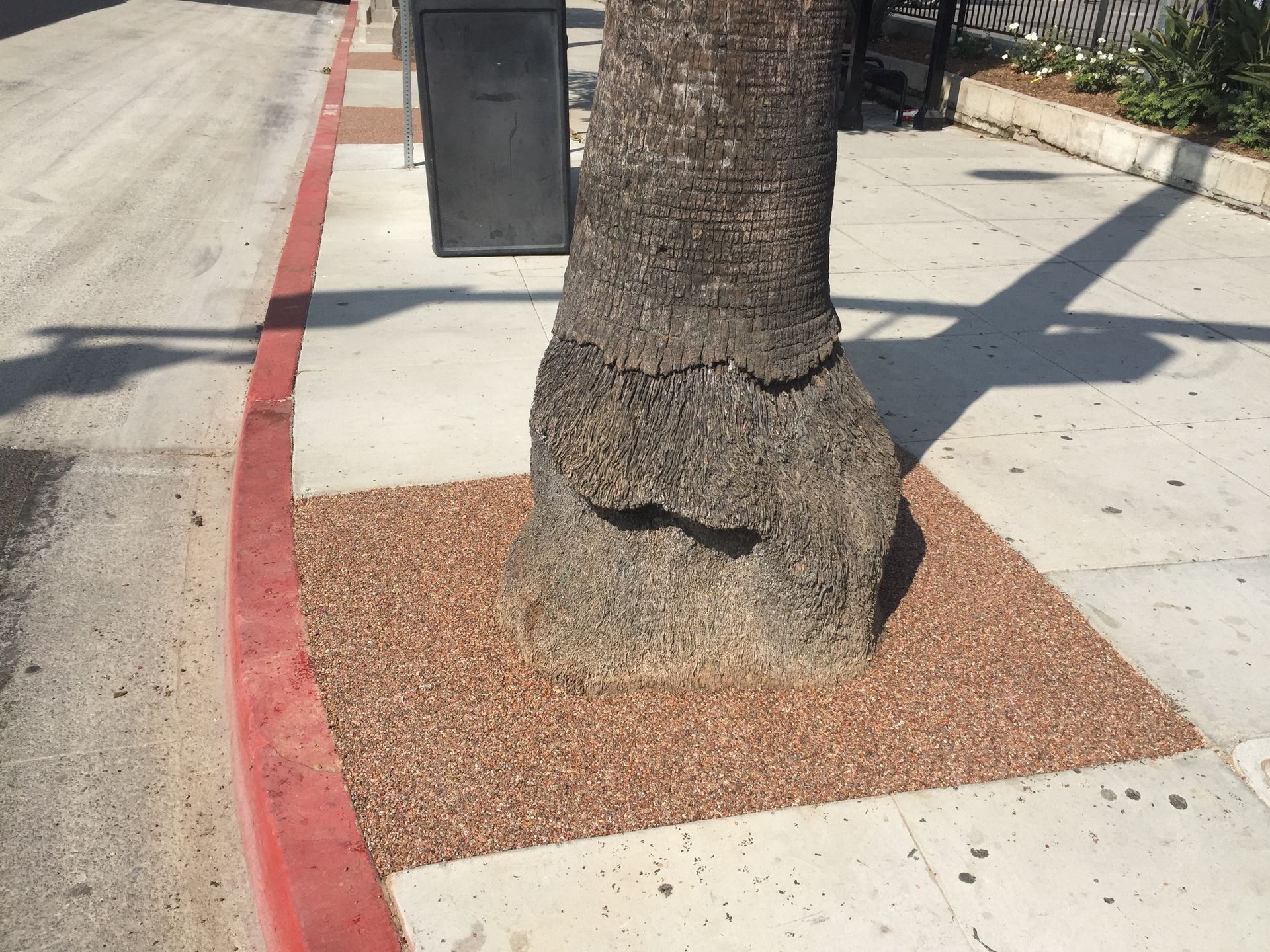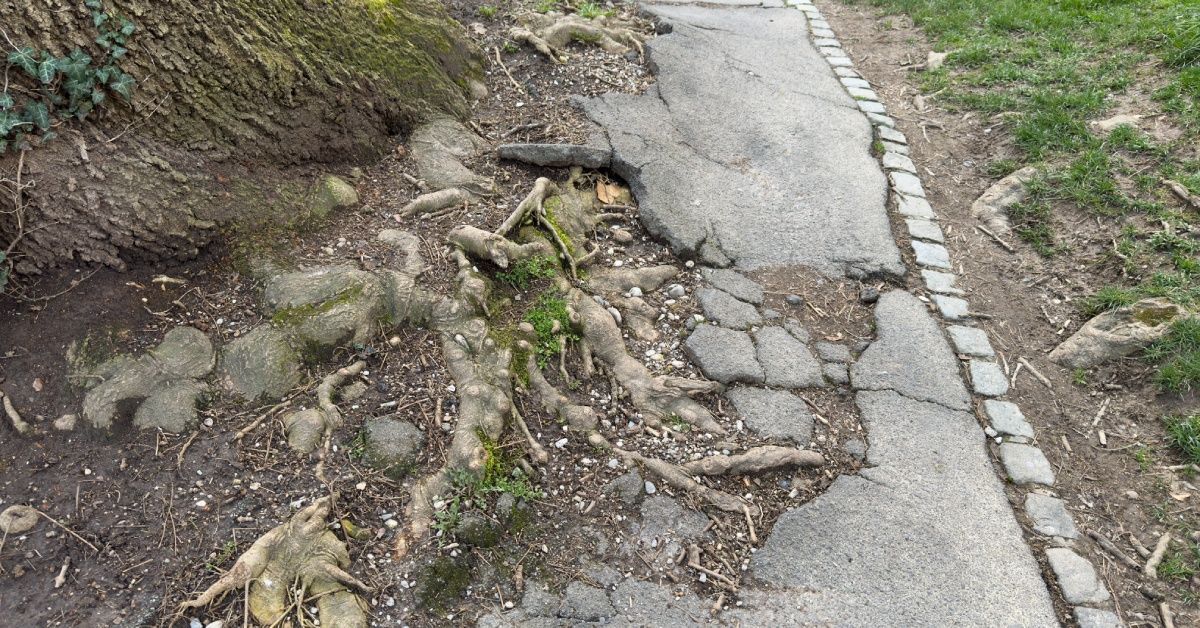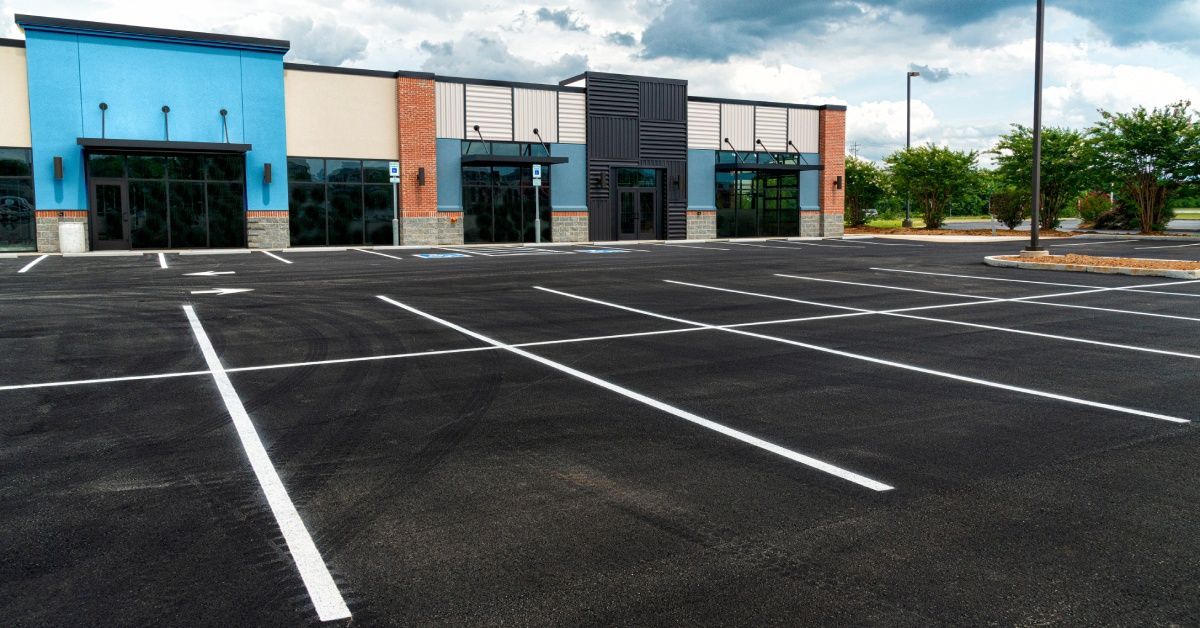Steps To Take Before Installing Permeable Gravel
Permeable gravel is an excellent solution for those seeking a durable, low-maintenance walkway or commercial floor. Unlike traditional concrete surfaces, permeable gravel lets water filter through the surface to the soil beneath, making it ideal for reducing stormwater runoff and preserving the environment. However, you must take certain steps before installing permeable gravel. We’ll cover everything you need to know to prepare your site for a successful permeable gravel installation.
Determine the Proper Depth
First, determine the proper depth of your permeable gravel layer. The depth will vary depending on factors such as the area’s intended use, climate conditions, and foundation type. Being able to install permeable materials over existing concrete or pavement is one of its many benefits. But the layer of gravel you need depends heavily on these details. Consult a professional engineer to ascertain the right depth.
Prepare the Site
Once you’ve determined the necessary depth, it’s time to prepare the site for installation. This preparation stage should primarily follow your specific project recommendations and requirements. However, keep in mind that resin-bound gravel requires certain conditions for proper curing. Make sure that the ground temperature is between five and 45 degrees Celsius during application. You’ll also want to avoid installing these materials during rainy or highly humid days. Take the time to test the area’s humidity before proceeding.
Choose the Right Type of Gravel
Choosing the correct type of gravel for your site is crucial. Select a gravel size that provides the appropriate amount of stability and permeability. Keep in mind that using the wrong type of gravel could result in poor drainage, erosion, and safety hazards. You should also take some time to decide on the right collection of aggregate colors. There’s a multitude of stylistic blends and color options to suit any type of application. Consult a professional to identify the best gravel for your site.
Edge the Area
Edging is the final step to take before installing permeable gravel. Edging the site prevents the gravel from spreading and provides a boundary for the area. Different types of edging include plastic or metal, which sits around the perimeter of the work area. Additionally, you can lay stone pavers around the borders to provide a more decorative appearance while securing the edges.
Permeable gravel is an eco-friendly and cost-effective option for a diverse range of indoor and outdoor spaces. However, ensuring a successful installation involves careful planning and site preparation. Rockpave specializes in providing high-quality permeable gravel and we offer a lot of key insights into working with these materials. We want you to get the results you want, and our customer service representatives are always available to answer questions. With proper preparation and regular upkeep, your permeable gravel installation can last for many years to come.











